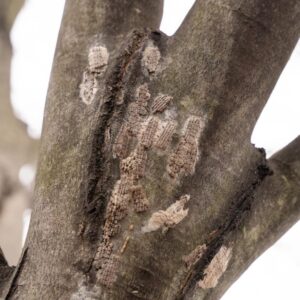Connection

As Autumn Equinox marked the change of seasons in September, celebrating others through the harvest, pumpkins, and change of leaves creates connection, which is our focus for the month of October.
Understanding the importance of social interaction and in-person connections are fundamental aspects of human life. Connecting with others plays a vital role in our overall well-being, mental health, and societal development. While technology and virtual interactions have their merits and can facilitate communication, there are unique benefits to face-to-face interactions without the mediation of technology.
One of my favorite autumn memories of connecting with others is Halloween. It allowed for in-person interactions, which turned into fun and laughter. What I didn’t know as a child: connecting with others during this time helped with social and emotional development, along with thinking and imaginative skill-building.
There are other benefits to connecting with others in-person. It allows for the exchange of non-verbal cues, such as facial expressions, body language, gestures, and tone of voice. These non-verbal cues convey emotions, attitudes, and meanings that are often difficult to interpret in virtual communication. The more our young continue to use technology to communicate with others, the more they will struggle in these important developmental milestones.
Being with people in person builds trust and rapport. It also enhances an understanding of other’s perspectives, emotions, and intentions. When this occurs, misunderstandings are reduced and clear communication becomes the outcome. Striking a balance between virtual and face-to-face interactions is key to leading a fulfilling and connected life (albeit difficult with so many ways to connect virtually). I was shocked the other day at how many ways someone can reach out to me virtually – 15 to be exact! I asked myself how I let that happen…
Connecting through nature is another one of my favorite ways to engage. As a child, I remember being outside, turning over stones and looking for bugs, trying to find salamanders in the backyard creek, climbing the apple tree, and digging in the dirt. Most of my free time was spent outside and I developed a sense of belonging in my community by establishing a healthy connection with nature. I hardly ever see children outside playing freely. There is a wonderful book, “The Last Child in the Woods,” by Richard Louv. A quick synopsis: the more time children spend in front of technology, the more they lose the connection to nature and become at risk of unhealthy physical and emotional development. The book is a great read, with a good bit of research, but the main point is to get outside and connect to nature.

One of things we can do is to help nature right now is to become a detective. We are at risk of a larger spotted lantern fly infestation next spring due to the eggs that are being laid on the bark of the trees. Inspect the picture to the right and if you spot the same formations on any trees you come across, make sure you kill the eggs before next spring by scraping them. More information on how to do this can be found by here.
However you choose to connect this month, keep this in mind: while technology offers incredible advancements and convenience in communication, recognizing and appreciating the value of in-person interactions without technology is essential for maintaining meaningful relationships, emotional well-being, and a sense of belonging in our communities.
